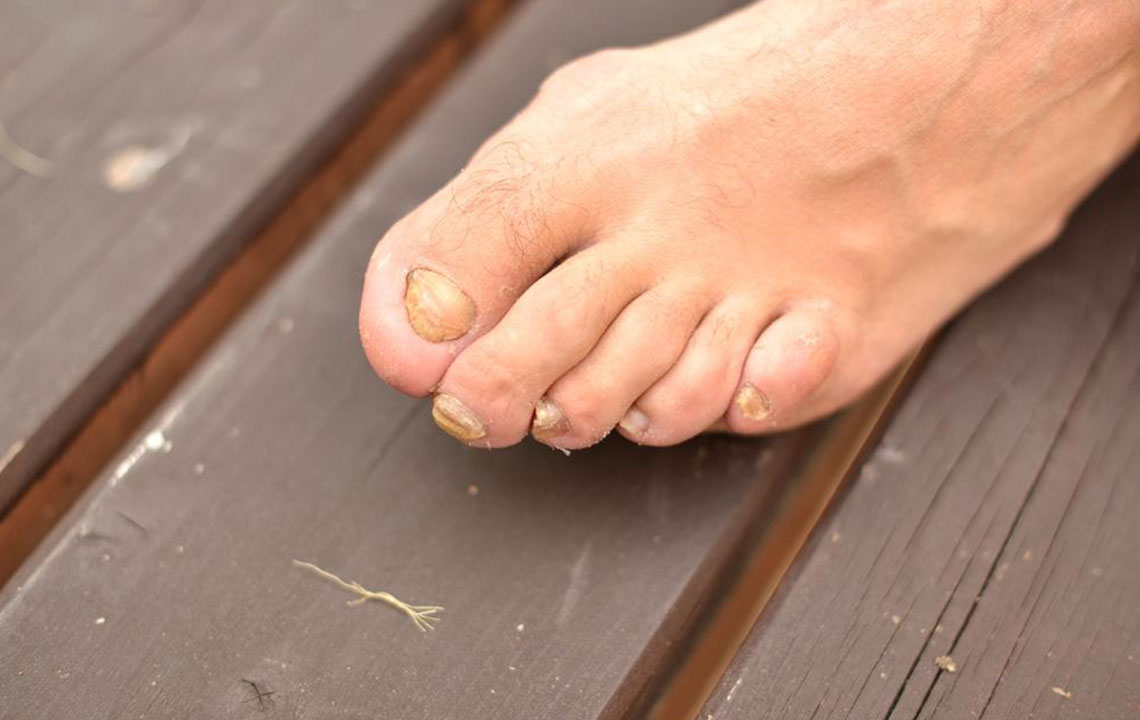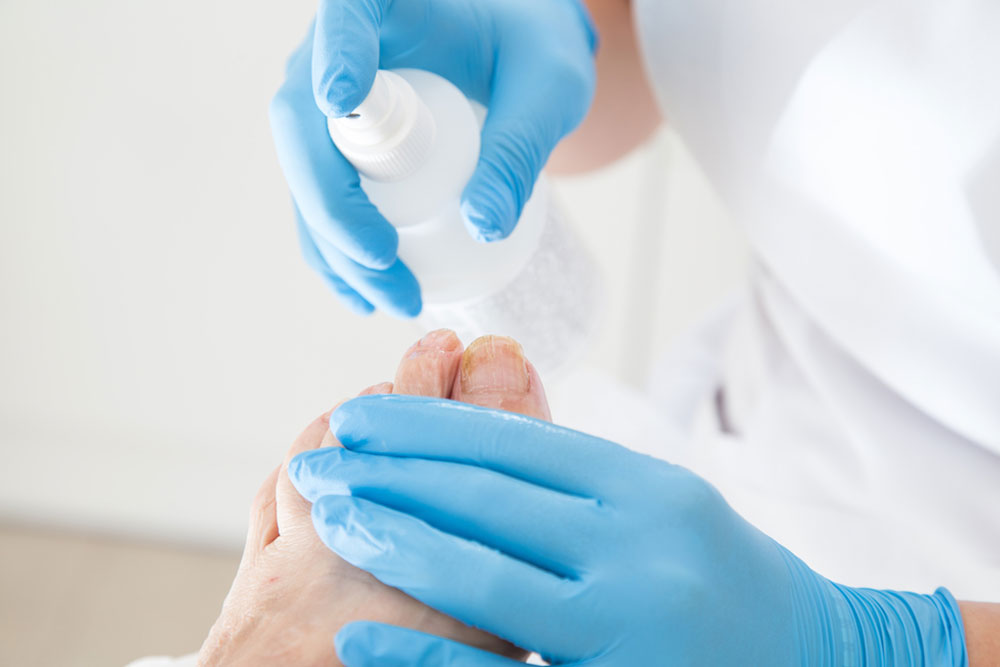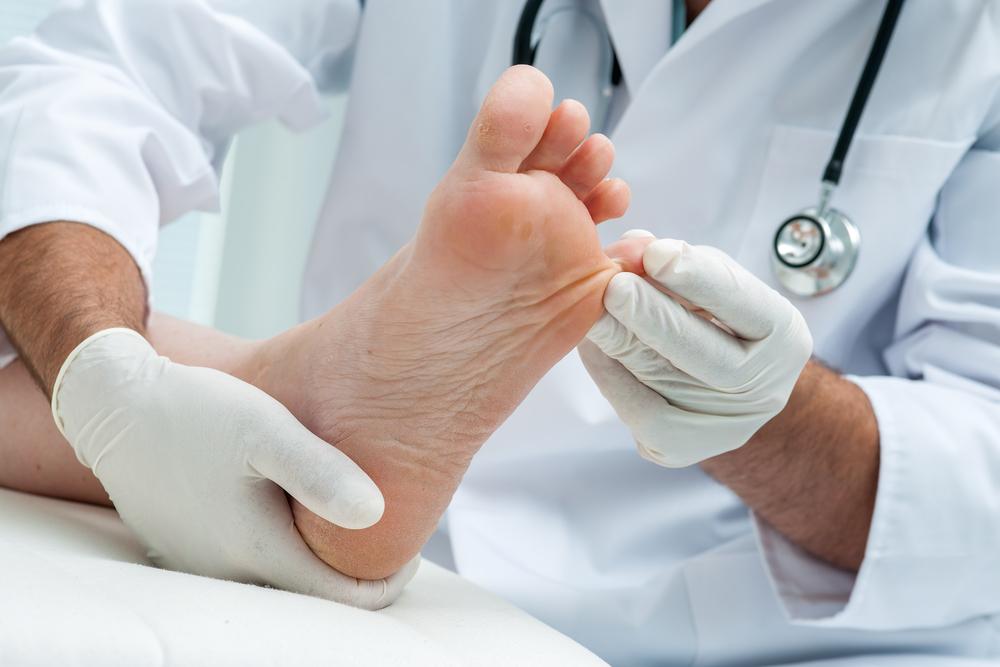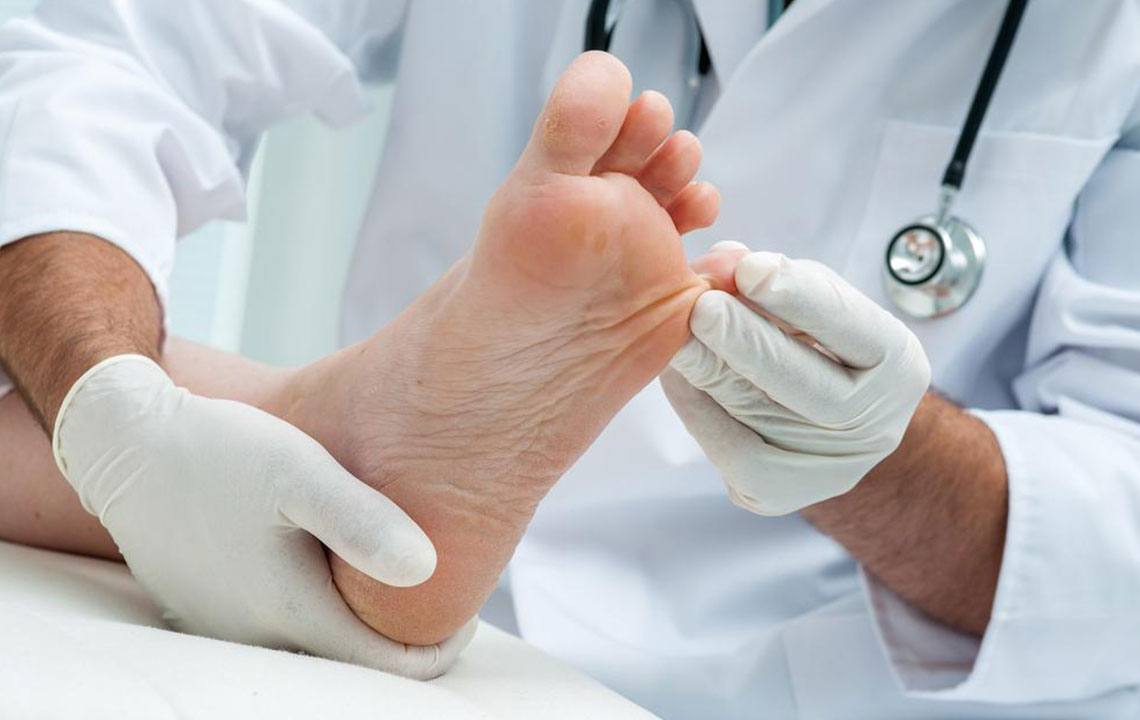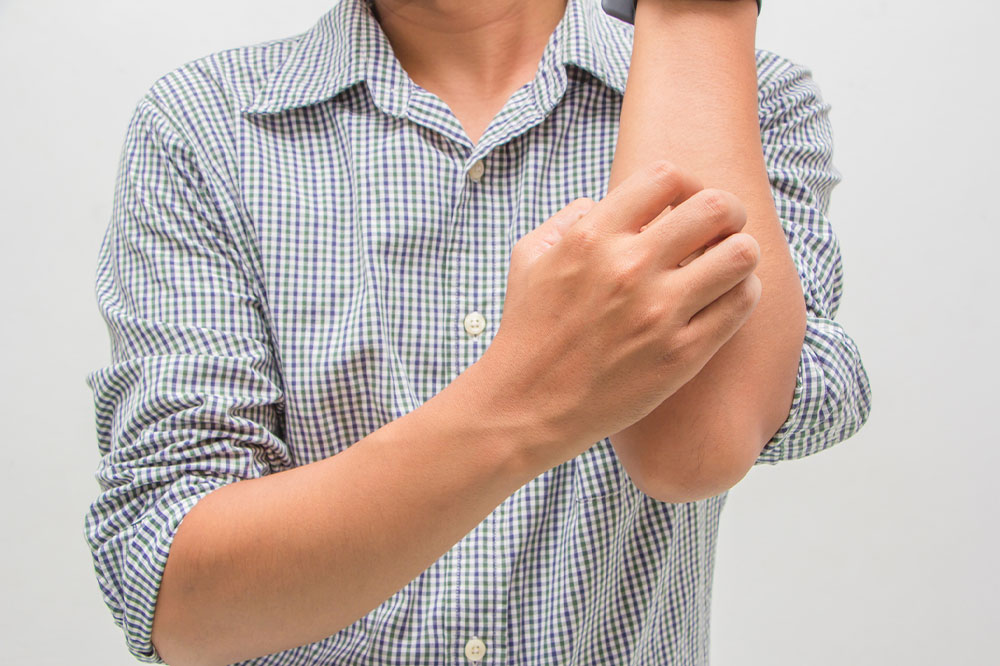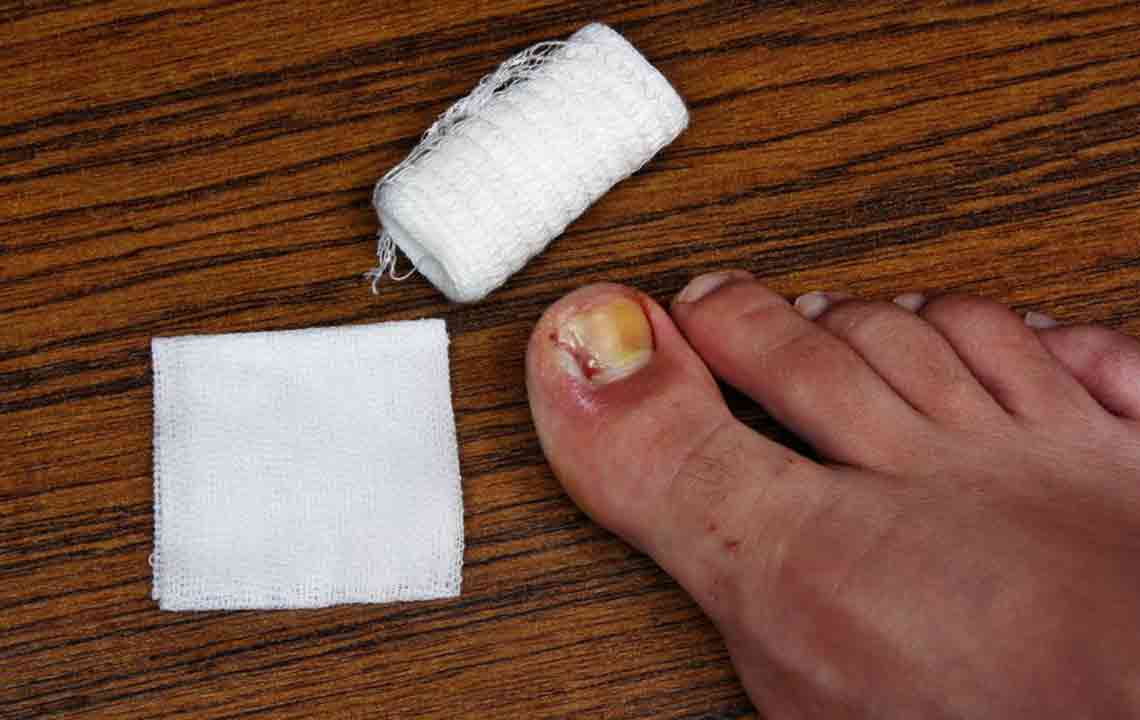Comprehensive Strategies to Effectively Treat Toenail Fungal Infections
This comprehensive guide discusses effective methods for treating toenail fungal infections, including medications, surgical options, and preventive tips. Early diagnosis and proper treatment are crucial for restoring nail health and preventing recurrence. The article emphasizes personalized treatment plans, hygiene practices, and consulting healthcare professionals for optimal results, offering readers a detailed understanding of combating toenail fungus successfully.
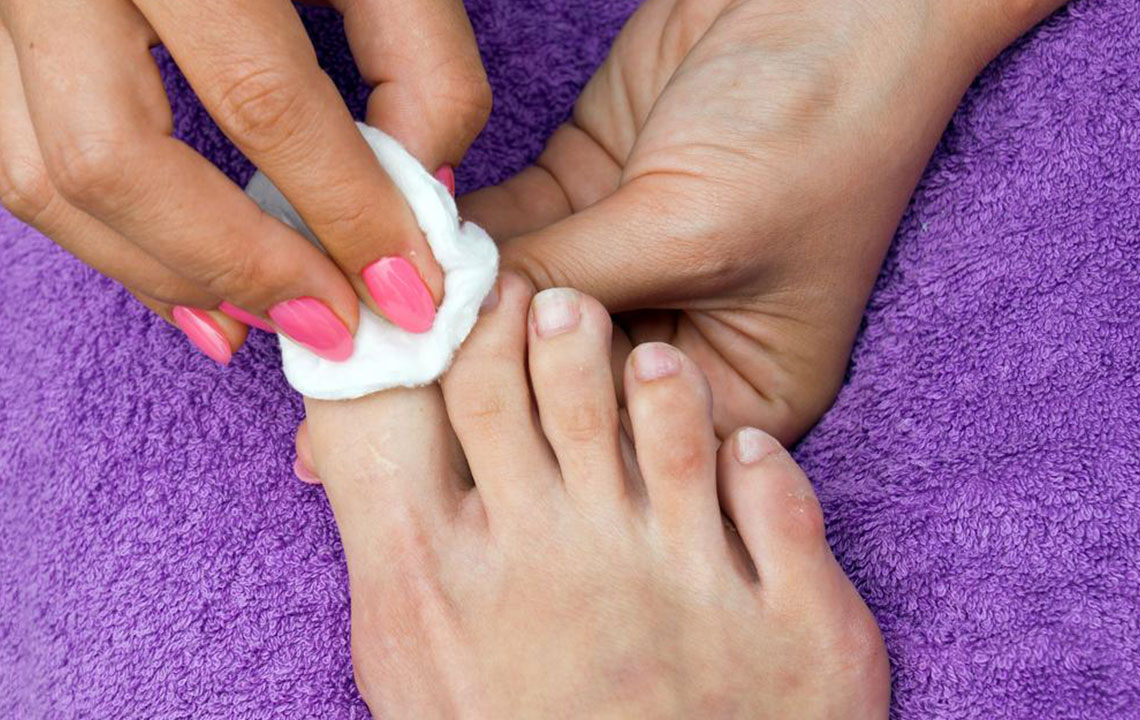
Toenail fungal infections, medically known as onychomycosis, are a common yet often stubborn condition that thrive in dark, damp environments where airflow is limited. These infections typically target toenails but can also affect fingernails, especially in individuals who wear tight-fitting shoes, socks, or gloves for extended periods. Fungal pathogens such as dermatophytes, yeasts, and molds find these conditions ideal for growth, leading to a variety of uncomfortable symptoms including discoloration, thickening, brittleness, and the appearance of white or yellow patches on the nails. Recognizing the importance of timely intervention and choosing effective treatment methods is essential for restoring nail health and preventing the spread of infection to other nails or skin areas.
Understanding the environment that fosters toenail fungal growth is the first step toward effective prevention and treatment. Fungi flourish in warm, moist environments, making shoes, socks, and gloves common reservoirs for these microorganisms. When nails are cracked or damaged, they provide an entry point for fungal invasion, which can result in persistent infections that are difficult to treat. Symptoms often begin subtly, with changes in nail color, texture, or shape initially unnoticed, but as the infection progresses, nails may become thickened, discolored, brittle, or crumbly. Left untreated, toenail fungus can cause pain, discomfort, and even lead to secondary bacterial infections. Therefore, a comprehensive understanding of treatment options, early diagnosis, and preventive practices is vital.
Effective Treatment Options for Toenail Fungal Infection
Successfully eliminating toenail fungus requires a multifaceted approach tailored to the severity and type of the infection. Healthcare professionals typically recommend a combination of medications, topical treatments, and lifestyle changes to achieve the best results. Here, we explore the most effective strategies:
1. Systemic Antifungal Medications
One of the primary treatments for moderate to severe toenail fungal infections involves systemic antifungal drugs. These are oral medications prescribed by a healthcare provider after a thorough diagnosis, usually based on clinical examination and, if necessary, laboratory tests such as nail clippings or scrapings. Common drugs like terbinafine, itraconazole, or fluconazole work by circulating through the bloodstream and targeting the fungal organisms from within the nail and surrounding tissues. These medications are effective in clearing infections, especially when topical treatments have failed or when fungi have penetrated deep into the nail bed. However, they may have side effects, including liver toxicity, so regular monitoring during treatment is essential. The typical course of systemic therapy ranges from several weeks to three months, with full recovery often observed after completing the regimen.
2. Topical Antifungal Treatments
For mild to moderate infections, topical antifungal agents can be effective. These include medicated nail lacquers, creams, or solutions containing active ingredients like ciclopirox, amorolfine, or efinaconazole. Application involves carefully applying the medication directly onto the affected nails and surrounding skin, ideally after softening the nail with a soak or trimming to improve penetration. Consistent and prolonged use is crucial, often lasting several months, to fully eradicate the fungus. In some cases, doctors recommend soaking nails in antifungal solutions before applying topical medications, which enhances their absorption and efficacy. Regular removal of debris and keeping nails trimmed and dry also help prevent reinfection.
3. Surgical and Laser Treatments
In cases where topical and systemic medications are ineffective or when the infection is particularly advanced, surgical intervention may be necessary. Partial or complete removal of the infected nail allows direct access to the underlying tissues, enabling targeted application of antifungal agents. This procedure not only helps relieve discomfort but also facilitates better treatment outcomes. Additionally, laser therapy has gained popularity as a minimally invasive option. Laser treatment uses focused light beams to destroy the fungal organisms residing under the nail, promoting faster healing and clearer nails. While laser treatments tend to be more costly, they offer a promising alternative for patients who do not respond well to traditional medications.
4. Maintaining Nail Hygiene and Preventive Measures
Preventing toenail fungal infections from recurring is equally important as treatment. Practicing good hygiene is the cornerstone of prevention. This involves washing feet regularly with soap and water, thoroughly drying nails and surrounding skin, and wearing breathable footwear that allows airflow. Keeping nails trimmed and filed reduces thickening and minimizes places where fungi can thrive. Using antifungal powders or sprays inside shoes can help decrease fungal presence. It’s also advisable to avoid sharing nail clippers, footwear, or towels with others, especially if an infection is present. For individuals prone to fungal infections, it’s beneficial to change socks daily, opt for moisture-wicking materials, and avoid walking barefoot in communal areas such as gyms, swimming pools, or locker rooms.
Consulting Healthcare Professionals for Optimal Results
Early diagnosis and professional guidance are vital for effectively managing toenail fungus. Because the signs of fungal infection can resemble other nail conditions, a healthcare provider can perform appropriate tests and recommend a personalized treatment plan. Responding promptly to initial signs of infection enhances the chances of successful treatment, minimizing potential complications. Additionally, healthcare professionals can monitor for possible side effects of medications and adjust treatment plans accordingly. Combining medical treatment with lifestyle modifications ensures not only the elimination of current infections but also helps prevent future outbreaks.
In conclusion, toenail fungal infections require a comprehensive approach that includes effective medication, proper hygiene, and preventive practices. Whether opting for systemic antifungals, topical agents, or advanced procedures like laser therapy, early intervention and professional advice are key to achieving healthy, clear nails. Ensuring consistent care and hygiene can significantly reduce the risk of recurrence, improving overall nail health and comfort.
